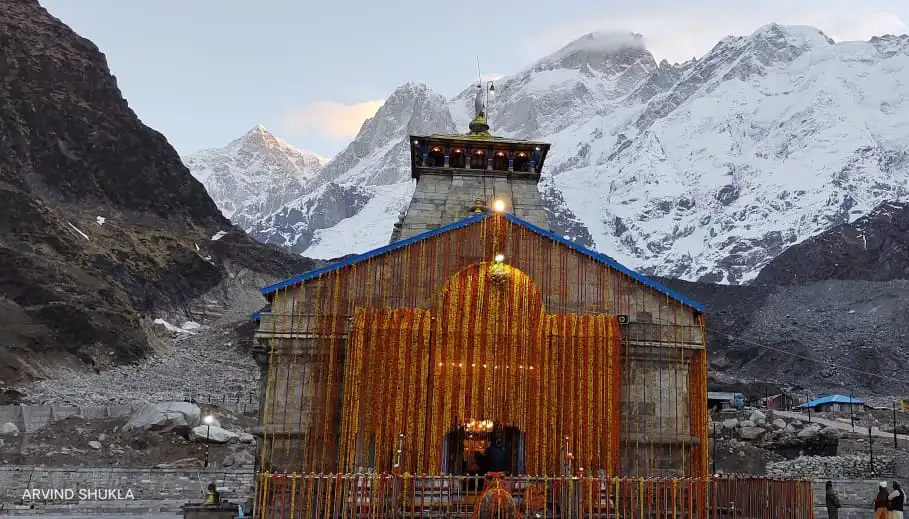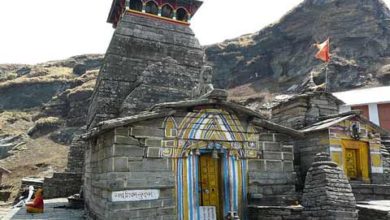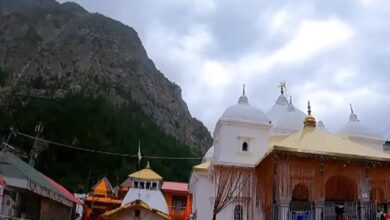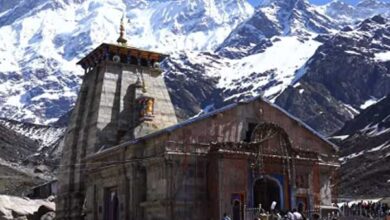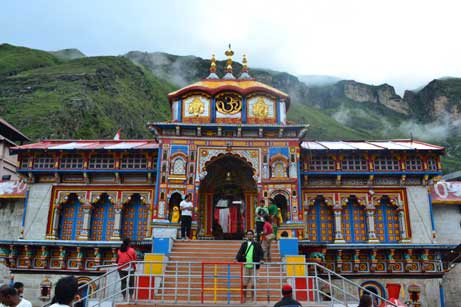Second Avalanche within a week near Kedarnath
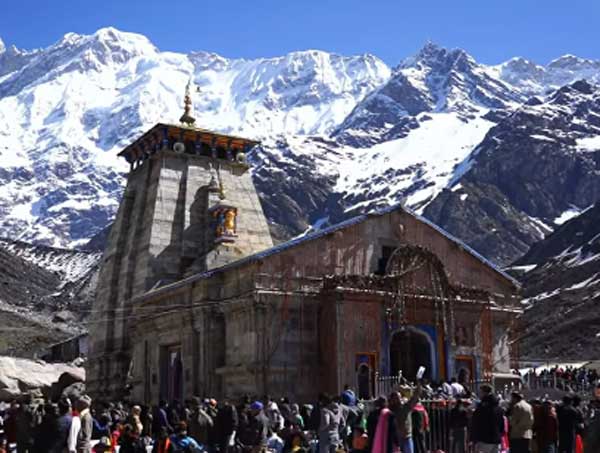
The Chardham Yatra is in full swing for 2023 season. Meanwhile, a news concerning the yatra is being reported from media outlets, as per reports, an avalanche occurred in Chorabari area in Kedarnath at 8:56 am. This is the second incident of Avalanche coming in a week. Earlier on June 8, there was an avalanche in the Chorabari glacier zone in Kedarnath. Due to this, the snow kept rising for a long time. During this, many devotees present in Kedarnath had captured this incident in their mobiles.
In the June 2013 disaster, a large amount of debris and water came from this route. In the last ten months, the fifth incident of avalanche came to the fore. Avalanche had come in the same area in September-October last year. During this, there was snowfall in the area for five to seven minutes. The way the snow cover was rapidly sliding down, it was estimated that a large amount of new snow had broken off from a great height.
A similar avalanche occurred on June 4 on the way to Hemkund Sahib, which was opened for pilgrims on May 20, resulting in the death of one pilgrim, while five of them were rescued by a State Disaster Relief Force (SDRF) rescue team. The team was saved.
Even in the beginning of the year, avalanches/glacier breakup were reported in the higher Himalayan valleys. On May 3, three km ahead of the Kedarnath temple, the Kuber glacier broke down on the 16 km Kedarnath Dham trek route. State Disaster Response Force (SDRF) personnel rescued four Nepali porters stranded in the glacier break area.
On May 4, a glacier broke off again at Bhairav Padav, about three kilometers ahead of the temple in Rudraprayag district. On 7 May, a glacier broke off in the Darma Valley of Pithoragarh district, blocking the road in the area.
According to experts, around 10 or so glaciers are being monitored. The glaciers being studied include Gangotri Glacier, Chorabari Glacier, Dunagiri Glacier, Dokriani Glacier and Pindari Glacier. A major reason hindering the monitoring is the location of these glaciers in remote snow regions and the lack of adequate funds for their regular monitoring.


